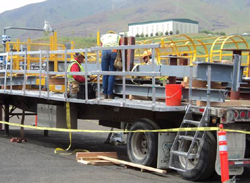Powered industrial trucks are common across industries for transporting, storing, and staging materials, as well as many other practical uses. Considering the wide range of applications and utility for trucks and trailers, it is not surprising that they are commonly cited for OSHA safety citations. The sheer size and power of the truck combined with the variety of transported materials are the focus of regulations for OSHA standard 1910.178.
The Top Five industries cited for Powered Industrial Truck violations sheds light on the importance of truck safety risk management in the workplace.
- Manufacturing (665 Citations)
- Wholesale Trade (165)
- Transportation, Communications, Electric, Gas, and Sanitary Services (145)
- Construction (105)
- Retail Trade (70)
Powered Truck Safety in Industry
OSHA has structured Industry Standard 1910.178 to ensure businesses focus on operating properly equipped trucks, consider the safety factors of transported materials and operating environments, and generally to protect against the power and size of industrial truck equipment. Fire hazards, chemical considerations, and proper labeling are the focus of the standard.
Trucks are common in many industries, particularly those with material transport needs and at construction job sites. Not surprisingly, each of the top 5 industries cited regularly conduct these activities. The standard does not apply to “compressed air or nonflammable compressed gas-operated industrial trucks, nor to farm vehicles, nor to vehicles intended primarily for earth moving or over-the-road hauling.”
Fall Protection for Truck Trailers
In addition to standards related to Powered Industrial Trucks, truck trailers provide safety risks to consider when loading, unloading, staging, and performing related work requirements. Providing safe access to trailers as well as an adequate work area for loading dock employees is a vital element to complete trucking protection. Trailer access products such as Trucker safety ladders and portable work platforms will trucking fall protection on the road, loading dock, and job site.
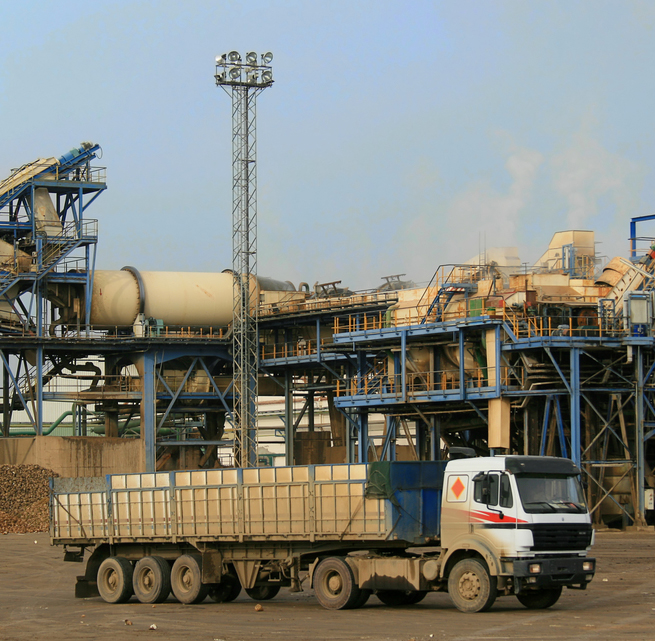

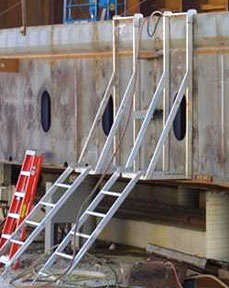
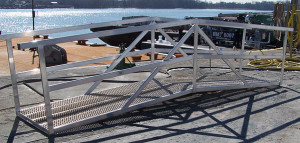
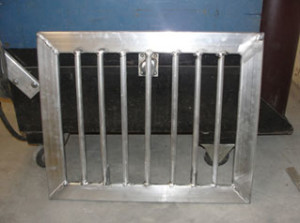
![Slip & Fall Injuries in Truck Transportation [Infographic]](http://snblog.preview.yellowberri.com/wp-content/uploads/2013/03/Slips-and-Falls-Trucking-SQUARE_Mar2013.png)
